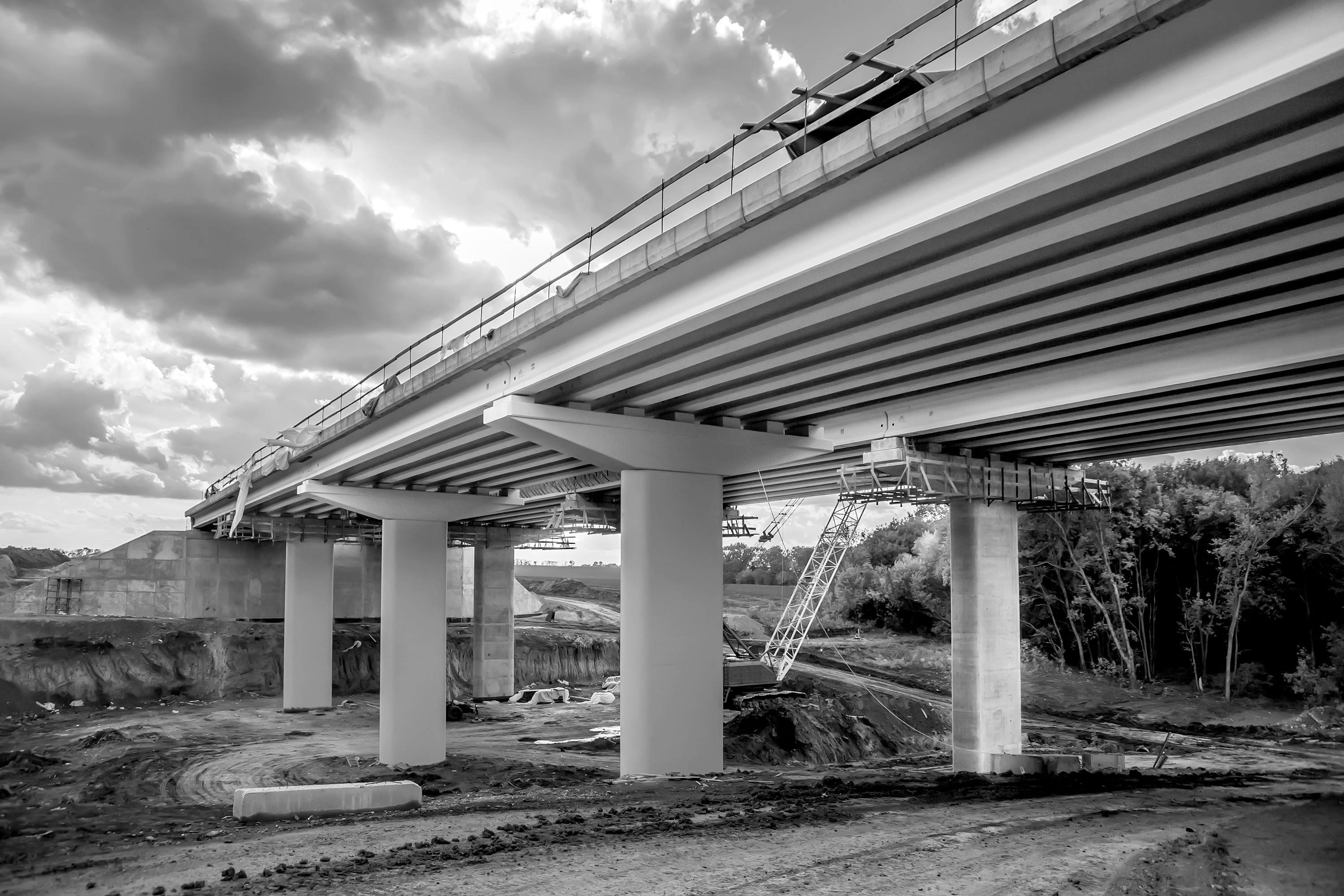Using short-term ambient vibration monitoring as an unknown source or dynamic known input, commonly generated through a shaker-driven frequency sweep, aids in characterizing the dynamics (damping, natural frequencies, deformation modes) of the measured structure.
Operation Modal Analysis (OMA) is typically executed using acceleration devices over a span of hours to a day, aiming to evaluate and validate the as-built structures against initial design calculations. Acquiring synchronized absolute time history accelerograms periodically enables a comprehensive understanding of structural aging for proactive operational maintenance. This data-driven approach ensures optimal predictive maintenance strategies.
The main features are:
- Very low-noise acceleration sensors, >135dB, bandwidth 0 Hz – 200 Hz minimum
- Very accurate absolute time synchronization, in the micro-second range (μs)
- GNSS localized measurements
- Common dynamic recording of time history signals between multiple devices, with recordings duration of several minutes (in order to capture low frequencies)
- Autonomous devices with automated levelling and orientation, easily and quickly installed on site, in a cable-free manner
- Straightforward data processing, using a cloud platform, typically Syscom Cloud Software (SCS)








